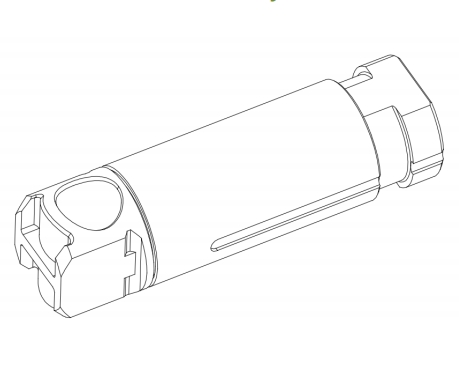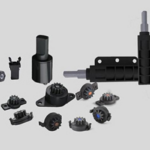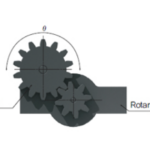rotary dampers play a crucial role in many mechanical systems, but how can you be sure they'll withstand years of continuous use? Without proper testing methods, manufacturers risk product failures and dissatisfied customers.
Rotary Damper durability is tested through 50,000 cycle endurance tests, environmental stress tests (including high/low temperature and humidity), and comprehensive quality checks that verify torque consistency, leak prevention, and closing time accuracy.
Understanding damper testing procedures helps ensure product reliability. Let's examine the detailed methods used to verify long-term performance.
What Does the Standard Endurance Test Include?
The core durability evaluation involves repeated opening/closing cycles under controlled conditions.
Manufacturers conduct 50,000 test cycles at 20°C using rated torque, measuring closing time after testing. Each cycle includes 110°-0° closing and 0°-110° opening motions at specified speeds.
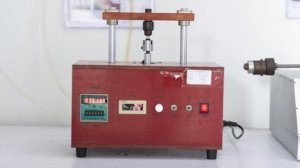
Key Endurance Test Parameters
| Parameter | Specification |
|---|---|
| Cycle Count | 50,000 operations |
| Test Torque | Rated torque value |
| Motion Range | 110° open → 0° closed |
| Opening Speed | ≥3 seconds |
| Closing Method | Free fall from 80° to 0° |
| Cycle Interval | ≥15 seconds between cycles |
"Our standard 50,000-cycle test simulates years of real-world use while monitoring for torque consistency and wear patterns." - Quality Control Engineer
What Production Quality Checks Are Performed?
Manufacturers implement multiple verification steps before shipping dampers.
Production testing includes pressure tests, destructive material analysis, slow-closing verification, and forced closure checks to ensure 50,000-cycle lifespan under all conditions.
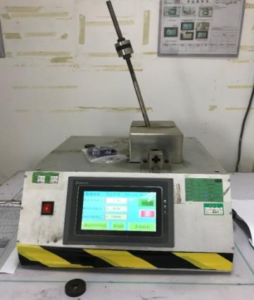
Manufacturing Quality Tests
| Test Type | Purpose |
|---|---|
| Pressure Testing | Verifies maximum load capacity |
| Destructive Test | Confirms material specifications |
| Slow Close Test | Validates consistent damping |
| Force Close Test | Checks impact resistance |
| Leak Test | Ensures oil retention over time |
These complementary tests help guarantee every damper meets performance standards.
How Do International Standards Compare?
Different markets may specify varying testing methodologies.
The NF D 12-207 A.3.4 standard verifies similar durability requirements (50,000 cycles with ≥3s closing time), matching performance claims for European clients.
Standard Compliance Features
| Standard | Key Requirement |
|---|---|
| NF D 12-207 | 50,000-cycle lifespan |
| Industry Norm | ≤20% torque variance after testing |
| Customer Spec | No visible leakage or damage |
Meeting these standards demonstrates global market readiness.
What Post-Test Measurements Are Critical?
Final verification ensures dampers still meet specifications after stress testing.
Closing time must remain ≥3.0 seconds at 20°C post-testing, with no oil leakage or mechanical damage observed after all durability evaluations.
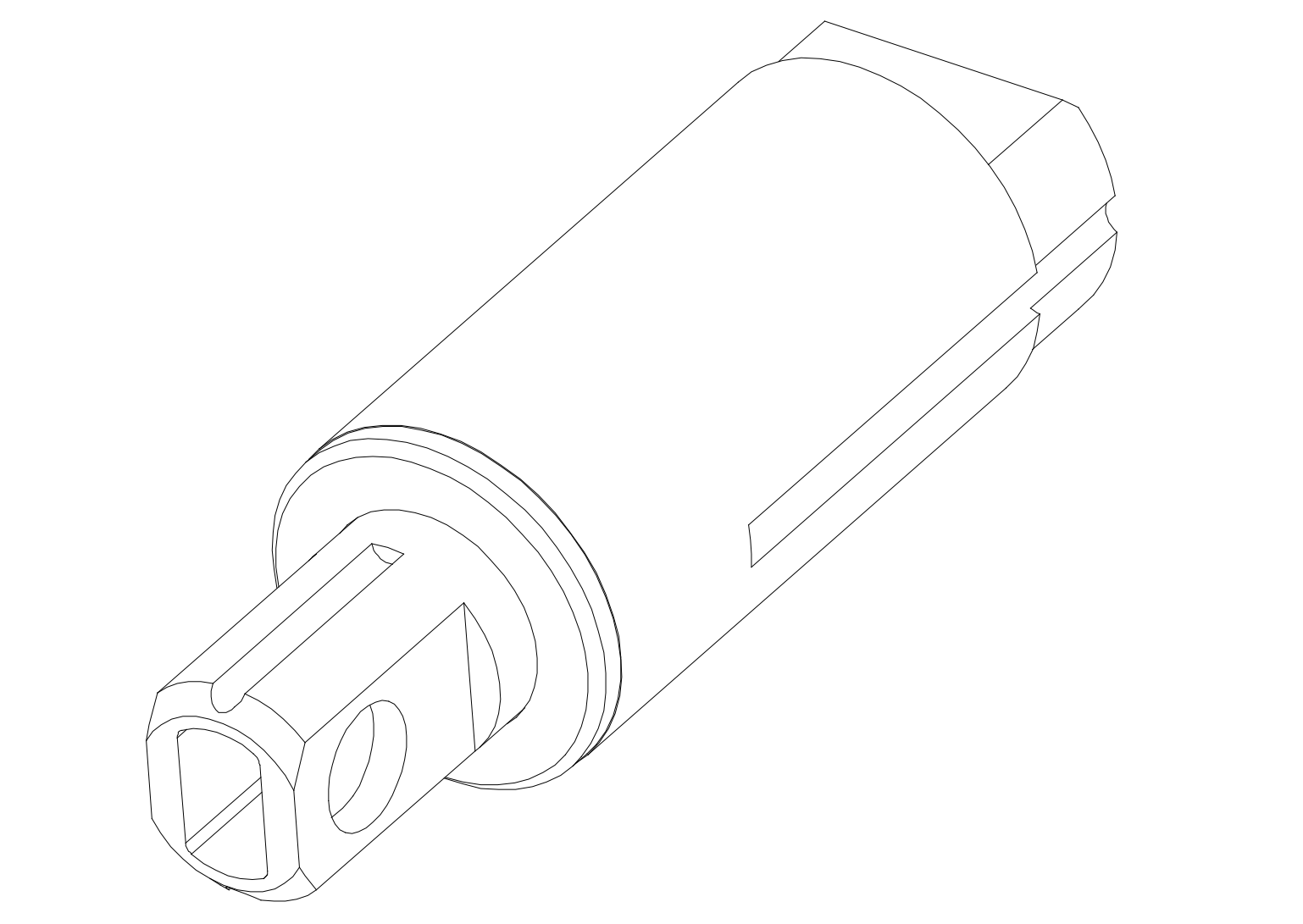
Stress-Test Verification
| Measurement | Acceptance Criteria |
|---|---|
| Closing Time | ≥3.0 seconds at 20°C |
| Torque Value | Within 15% of initial rating |
| Visual Check | No cracks, leaks or deformations |
| Operation Feel | Smooth motion without sticking |
Documenting these parameters provides objective performance evidence.
Conclusion
Comprehensive damper testing requires mechanical cycling, environmental exposure, and quality verification to guarantee 50,000+ operation lifespans across all usage conditions.

